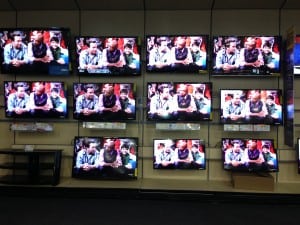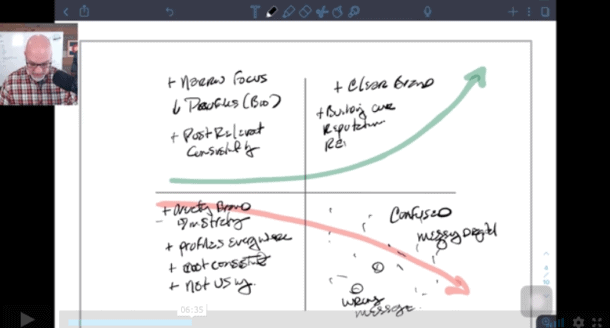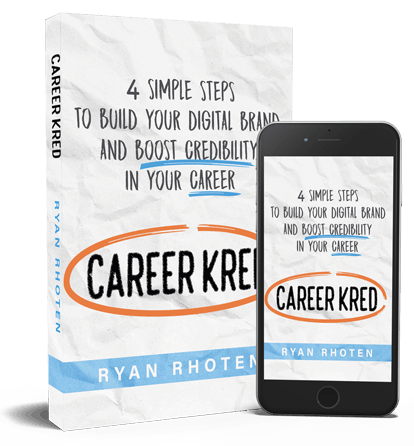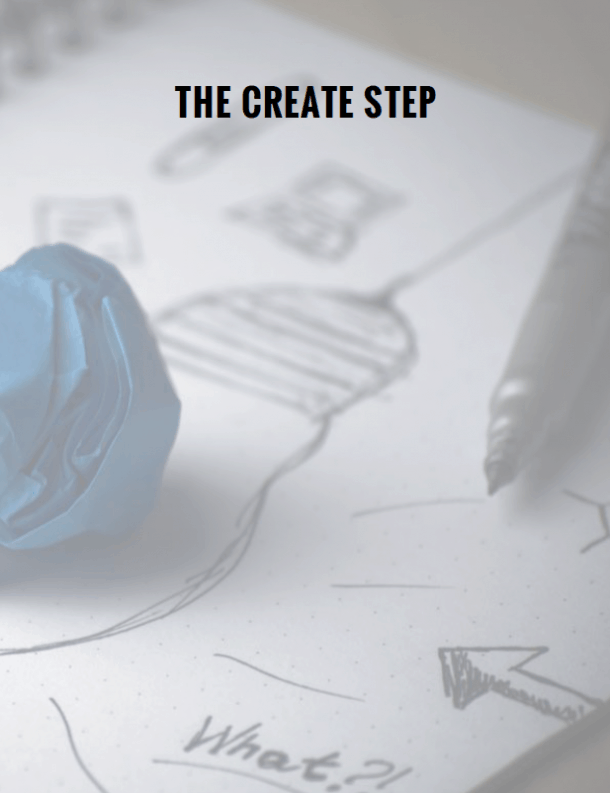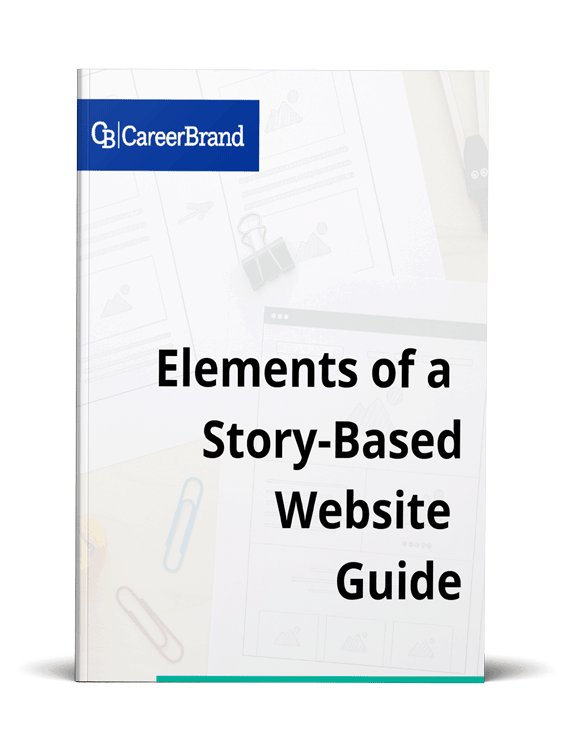I have received a few questions regarding commodities. Specifically, how do you tell when your product has reached or is rapidly approaching commodity status?
While I'm no expert, I do have a test I'll share that will help you explore the possibility that your product might be a commodity. I'll call this test the TV display test.
Before I explain the TV display test, let me recall an excerpt from Sinek’s book that I will use as my starting point. Sinek's quote references a company who has lost it's WHY. Once their WHY is lost they turn into a company that merely sells a product and when this happens,
“They’ll be forced to compete on price, service, quality, features and benefits; the stuff of commodities”
Does this sound familiar to you? Do you use price as your primary leverage to drive sales? Who drives your product development plans more, your competitors or your customers? Be honest. Sinek argues,
“Any company faced with the challenge of how to differentiate themselves in their market is basically a commodity, regardless of WHAT they do or HOW they do it”
That’s a harsh statement to swallow. Rather than accept this statement as is, let's look at your products in a different light.
THE TV DISPLAY TEST FOR COMMODITIES
Imagine you have just walked into the TV display area of your favorite electronics store retailer. Take a minute to look around and let your eyes adjust to all of the bright lights. Now let's take a closer look.
Brands, features, and specs.Oh, My!
Look closely at all of the TVs, what do you see? At first glance, they all look the same right? Look closer.
Notice the different sizes and brand names. Now visually replace the TVs with your products and those of your competitors. What do you see? Notice any similarities?
If you said yes, chances are your customers do as well.
What do you notice next? In the TV world, you'll find they are mostly the same color, Henry Ford's favorite color, black. Do you use colors or finishes as differentiators?
Put your products back on the wall; how do they compare to your competitors? I know, I know, who cares about finishes. There is more to your product than just the brand and color, so let's look where the rubber meets the road.
Where differentiation happens, the techie stuff.
Many businesses believe that the real differences between them and their competitors lie in specifications. Specs like refresh rate, class, power usage, and picture quality. Am I right?
Well, the TV industry has us covered there. If you are a tech junkie they have a cornucopia of techie terms to offer; LED, LCD, Plasma, 720p, 1080, HD, 3D, 60Hz, 120Hz, HDMI – 1,2,3 or 4, 10W or 20W…and the list goes on and on. Surely these specifications are critical to differentiation. Let’s look closer.
Pixels: 10,000 pixels, 100,000 pixels or 1M pixels and
Contrast ratio: 50:1, 100:1, 500:1 and
Refresh Rates: 60Hz, 120Hz, 240Hz Oh My!
Who do you think those numbers mean more too; your engineers or your customers? Do you use similar specifications to differentiate? Sure, you do. Everybody does, right?
Things like miles per gallon, revolutions, cycles, the number of functions, or another comparison of some kind. Question; have you ever seen any technical specs in a commercial for Apple products? Ever wonder WHY?
Don't take me wrong, I know specifications are essential for certifications and engineering design boundaries. After all, how does an engineer know what to design without knowing these numbers?
Sometimes, however, companies get so wrapped up in the technical specifications they completely lose sight of WHY customers buy their products. Does any of these “numbers” really help your customer make their buying decision? Do they help you as you are standing there looking at all of these TV choices?
If the answer is no, then why do we put so much stock into them in our marketing materials and communications?
I could go on, but I'll close by going back to the TV display wall. If you were standing in front of all of your products and your competitor's products on this wall, after reading this post, how would you decide what to buy?
Do the tech specs matter to you when you are standing there with your hard-earned money in your hands ready to make a purchase? Or do the specifications all start to blur in your mind to the point where the only real differentiator that you can see is product price?
If so, you might be heading into commodity territory. To change direction, you need to Start with WHY.
QUESTION
Assume for a minute that you now see your products as approaching commodity status. As tough as that is to admit or even acknowledge, will you make different decisions about your product direction as a result? Or will you maintain the status quo?
